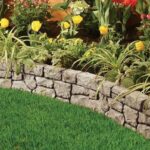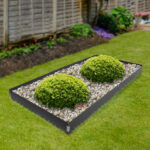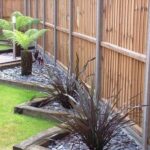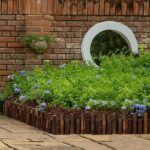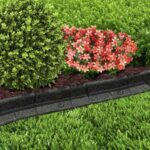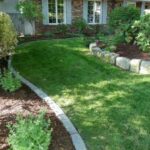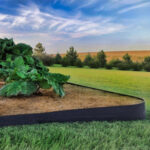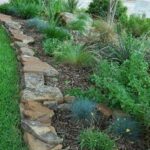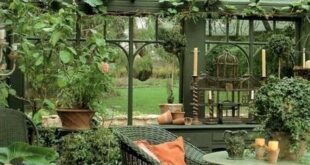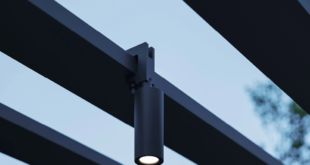Having a well-maintained garden not only adds aesthetic appeal to your outdoor space but also increases the value of your property. One easy and effective way to enhance the look of your garden is by adding creative border edging. Not only does border edging help define the boundaries of your garden, but it also prevents grass from encroaching on your flower beds and keeps mulch or other landscaping materials in place.
There are a variety of garden border edging ideas to choose from, ranging from simple and traditional to unique and eye-catching. Here are a few creative border edging ideas to help you enhance your outdoor space:
1. Stone Edging: Stone edging is a timeless and classic choice for garden borders. You can use natural stones or bricks to create a traditional and elegant look. The irregular shapes and varying sizes of the stones add a rustic charm to your garden. You can lay the stones flush with the ground for a seamless look or stack them higher for a more defined border.
2. Metal Edging: Metal edging is a modern and sleek option for garden borders. You can use aluminum, steel, or corten steel to create a clean and contemporary look. Metal edging is durable and low-maintenance, making it a practical choice for garden borders. You can choose from straight or curved designs to complement the shape of your garden beds.
3. Wood Edging: Wood edging adds a warm and natural touch to your garden borders. You can use wooden planks, logs, or railroad ties to create a rustic and charming look. Wood edging is easy to install and can be stained or painted to match the style of your garden. Just be sure to choose pressure-treated or rot-resistant wood to ensure longevity.
4. Recycled Edging: For an eco-friendly and budget-friendly option, consider using recycled materials for your garden borders. Old tires, glass bottles, and reclaimed wood can be repurposed into creative and unique border edging. Not only will you add a personalized touch to your garden, but you’ll also be reducing waste and contributing to a more sustainable environment.
5. Plant Edging: For a softer and more organic look, consider using plants as border edging. Low-growing plants like boxwood, lavender, or sedum can be used to create a living border around your garden beds. Plant edging adds a touch of greenery and softness to your garden while also providing a natural habitat for beneficial insects and wildlife.
Regardless of the border edging option you choose, it’s important to consider the overall style and theme of your garden. Make sure the edging complements the plants, colors, and layout of your garden to create a cohesive and harmonious outdoor space. With a little creativity and imagination, you can transform your garden borders into beautiful and functional elements that enhance the beauty of your outdoor space.

